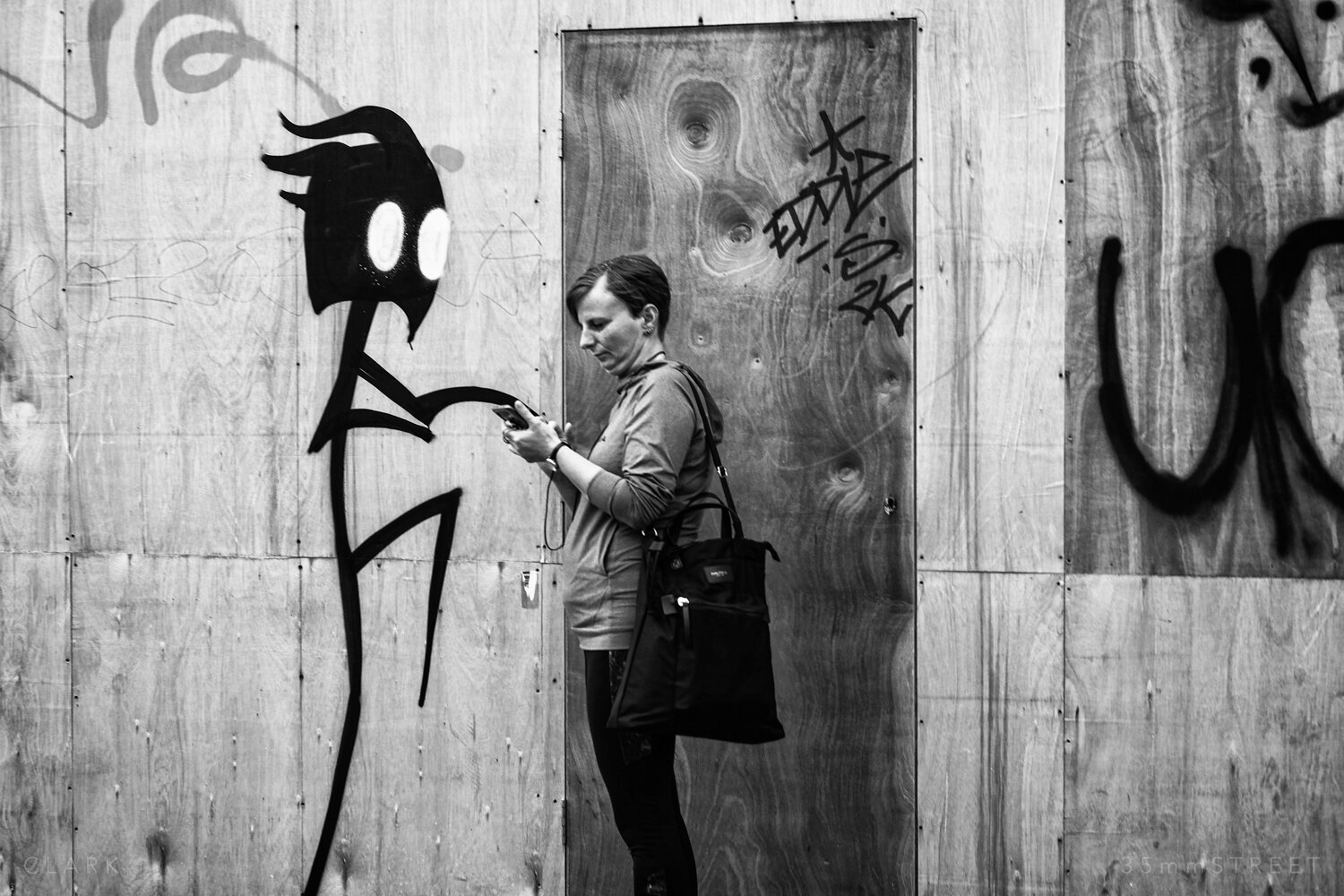Some Of Street Photographers
Some Of Street Photographers
Blog Article
Rumored Buzz on Street Photographers
Table of ContentsRumored Buzz on Street PhotographersFacts About Street Photographers RevealedThe Street Photographers PDFsSome Of Street PhotographersThe Only Guide to Street Photographers
, a style of photography that records everyday life in a public place. The actual publicness of the setting enables the professional photographer to take candid images of unfamiliar people, usually without their knowledge. Road professional photographers do not necessarily have a social objective in mind, however they prefer to separate and catch moments which might or else go undetected.He was affected by many of those that affected the street professional photographers of the 1950s and '60s, he was not mainly interested in catching the spirit of the road. The impulse to visually document people in public started with 19th-century painters such as Edgar Degas, douard Manet, and Henri de Toulouse-Lautrec, that functioned side by side with professional photographers attempting to capture the significance of urban life.
Unlike Atget, digital photographer Charles Marville was worked with by the city of Paris to produce an encyclopaedic paper of Haussmann's urban planning task as it unravelled, hence old and new Paris. While the photographers' topic was basically the same, the results were considerably different, demonstrating the influence of the digital photographer's bent on the personality of the pictures he generated.
Not known Details About Street Photographers
Offered the fine high quality of his pictures and the breadth of product, architects and artists usually got Atget's prints to use as referral for their own job, though commercial interests were rarely his primary inspiration. Instead, he was driven to photo every last remnant of the Paris he loved. The mingled enthusiasm and urgency of his objective luster through, leading to photos that narrate his own experience of the city, top qualities that expected street photography of the 20th century.

Unlike his peers, Brassa utilized a larger-format Voigtlnder cam with a much longer exposure time, forcing him to be extra computed and thoughtful in his technique than he could have been if utilizing a Leica. (It is assumed that he may not have actually been able to pay for a Leica back then, yet he did, nevertheless, use one in the late 1950s to take colour photos.) Brassa's photos of the Paris underworld illuminated by artificial light were a discovery, and the collection of the series that he published, (1933 ), was a significant success.
The Buzz on Street Photographers
It is as a result of this fundamental understanding of the art of image taking that he is commonly attributed with discovering the medium throughout once again approximately a century considering that its development. He took photos for more than a half century and influenced generations of photographers to trust their eye have a peek at this website and intuition in the moment.
These are the inquiries I shall attempt to address: And after that I'll leave you with my very own definition of street digital photography. Yes, we do. Allow's begin with specifying what a meaning is: According to it is: "The act of defining, or of making something definite, distinct, or clear".
No, definitely not. The term is both restricting and misdirecting. Seems like a road photography need to be photos of a streets appropriate?! And all road photographers, besides a handful of outright novices, will totally value that a road is not the crucial component to road photography, and really if it's an image of a road with possibly a couple of monotonous people not doing anything of passion, that's not street photography that's a snapshot of a road.
Street Photographers - An Overview
He makes a valid factor don't you think? While I agree with him I'm not certain "candid public photography" will capture on (although I do kind of like the term "candid photography") since "street photography" has actually been around for a lengthy time, with many masters' names connected to it, so I believe the term is here to remain. Street Photographers.
You can fire at the beach, at a celebration, in an alley, in a park, in a piazza, in a coffee shop, at a museum or art gallery, in a metro terminal, at an event, on a bridge, under a bridge ...
The 9-Minute Rule for Street Photographers
Yes, I'm afraid we worried no choice! Without rules we can not have an interpretation, and without a meaning we don't have a genre, and without a genre we do not have anything to specify what we do, and so we read here are stuck in a "regulations meaning genre" loophole! - Street Photographers

Report this page